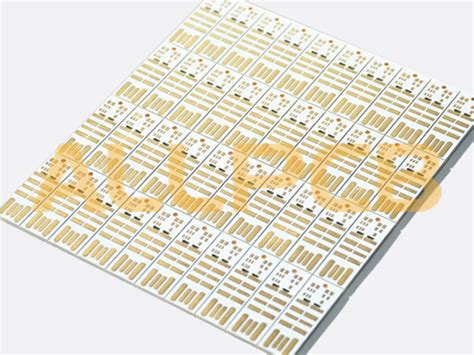
Flexible PCB Prototype Manufacturing Services
Introduction to Flexible PCB Prototypes Flexible PCB Prototypes are revolutionizing the electronics industry with their versatile applications and unique properties. These innovative circuit boards offer[…]
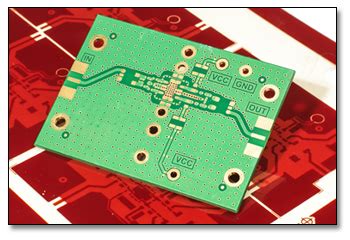
The Importance of PCB CAM Process in Prototyping
What is PCB Prototyping? PCB prototyping is the process of creating a small number of printed circuit boards for testing and validation purposes before mass[…]
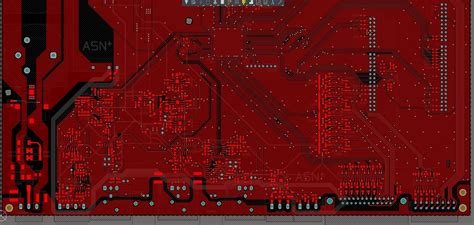
PCB Design Needs Of Our 5 Mistakes To Be Avoided
Mistake 1: Neglecting DFM (Design for Manufacturability) Principles One of the most significant oversights in PCB design is failing to consider Design for Manufacturability (DFM)[…]
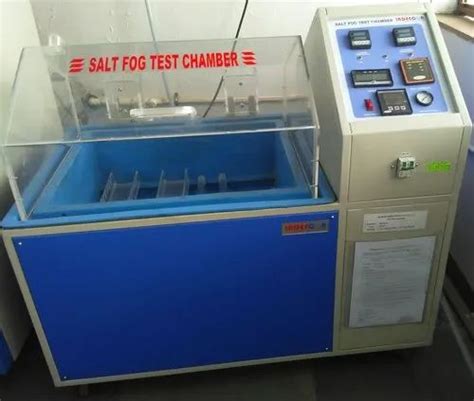
Electronics Environmental Testing: Definition, Category and Different Types of Tests
What is Electronics Environmental Testing? Electronics environmental testing involves subjecting electronic devices, components, and systems to various environmental conditions to assess their performance, reliability, and[…]
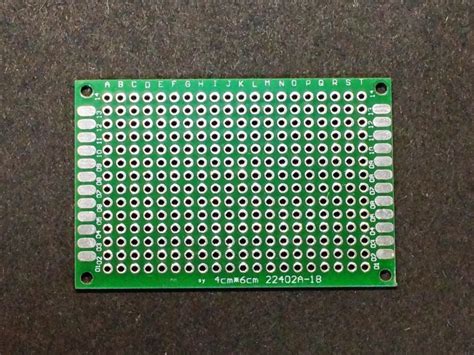
PCB Prototype Service – The Best Service Here
What is a PCB Prototype? A PCB prototype is a physical representation of the designed circuit board. It is created to test the functionality, reliability,[…]
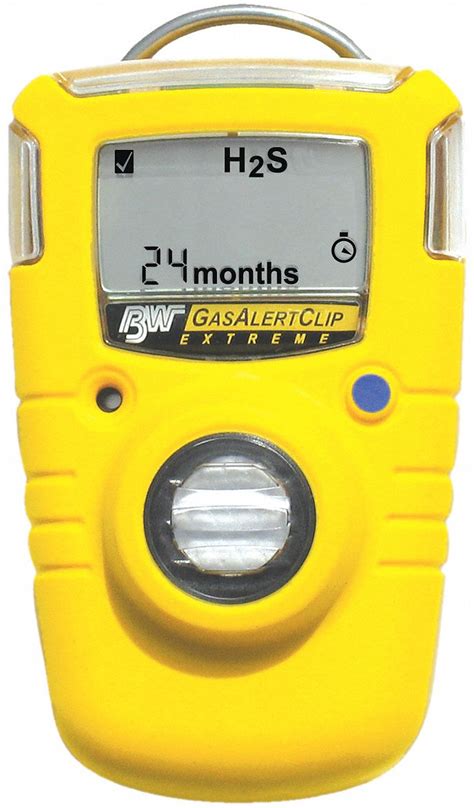
Hydrogen Sensor: A Safety Hydrogen Detection Instrument
What is a Hydrogen Sensor? A hydrogen sensor is a device designed to detect the presence of hydrogen gas in the surrounding environment. These sensors[…]
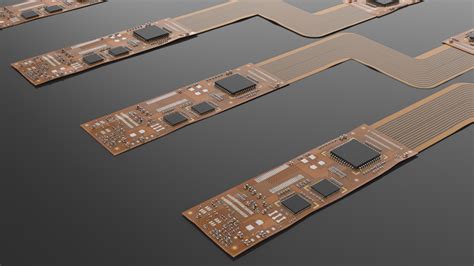
Flexible Circuits-9 Factors you need to Consider When Designing
Introduction to Flexible Circuit Design Flexible circuits, also known as flex circuits or flexible printed circuit boards (FPCBs), have revolutionized the electronics industry by providing[…]

Flexible Circuitry – What Is It, And Why Do You Need It?
Introduction to Flexible Circuitry Flexible circuitry, also known as flex circuits or flexible printed circuit boards (FPCBs), is a revolutionary technology that has transformed the[…]
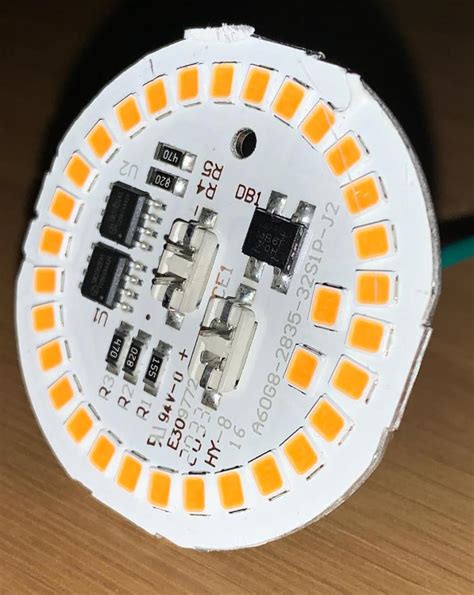
How Well Do You Know About Aluminum PCB
Introduction to Aluminum PCB Aluminum PCB, also known as Metal Core PCB (MCPCB), is a type of printed circuit board that uses aluminum as its[…]
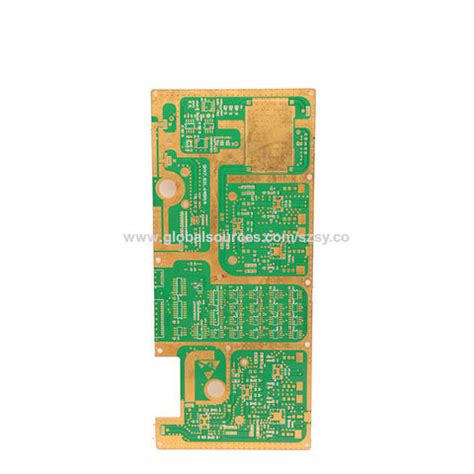
3 Types of High Thermal Conductivity PCBs for Power Devices
What are High-Conductivity PCBs? High-conductivity PCBs are specially designed circuit boards that excel in transferring heat away from electronic components. These PCBs feature materials with[…]